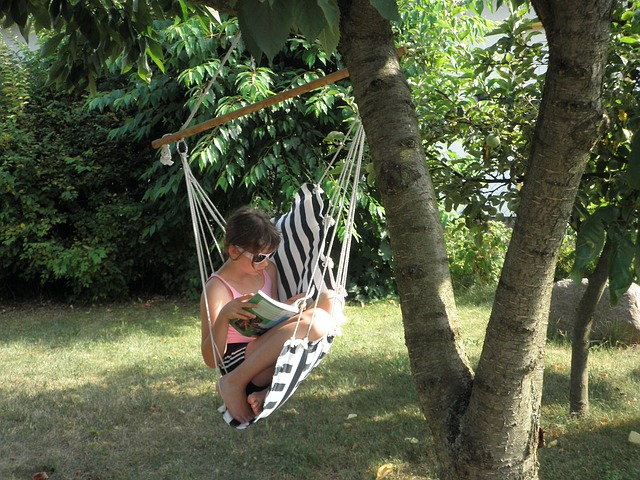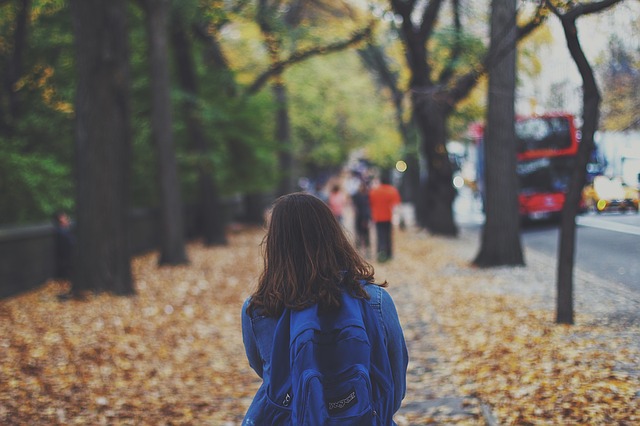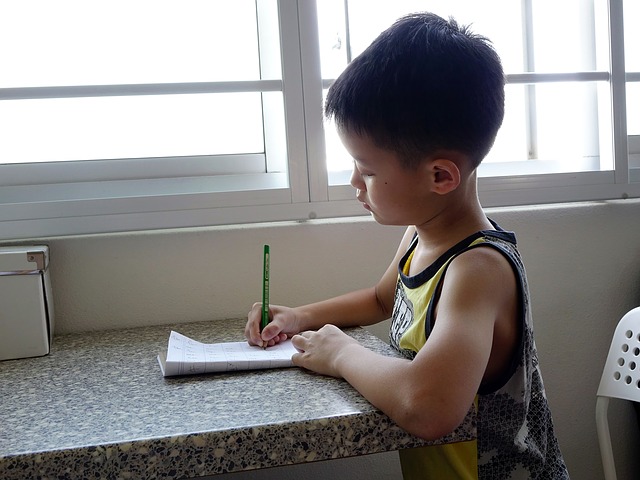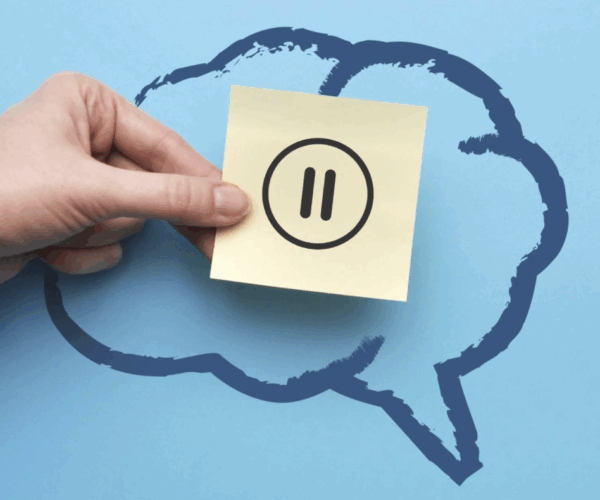
Mid-July Is Time to Get Going on Summer Work
July 27, 2016
Practical Ways to Ease “Back to School” Jitters
August 10, 2016They’re here. I saw them the other day, and I don’t know how I feel about them. School supplies are out in full force at Kroger and Target and just about any other store you walk into these days, meaning that the start of school is just around the corner.
For some students and families, the start of school can be an exciting time. Maybe it’s your daughter’s first day of kindergarten (Get those cameras ready!), or maybe your son just found out his best friend is in his class. However, for some students and families, particularly those with learning disabilities and ADHD, the start of school may cause anxiety. Gone are the days of looser schedules and no homework…
Students and families with learning disabilities and ADHD may start each year with a sense of optimism, but sometimes this optimism fades after the student hits a bump in the road. How can we help students keep this optimism and be resilient when that inevitable bump in road appears? One way is to foster a sense of gratitude in students.
Gratitude has been defined in many ways, including as an emotion, an attitude, a trait, and a character strength. Gratitude most simply is thankfulness for receiving a gift, either material or immaterial. Research shows that gratitude has clear benefits for individuals, including children and adolescents.
Gratitude can help people:
- report fewer physical symptoms (fewer stomachaches before school)
- report greater optimism (I CAN do my best on that test!)
- retrieve positive experiences from memory (I remember when I tried last time and did well)
- offer emotional support and be described as more helpful (positive relationships with peers and teachers)
- report higher levels of happiness (My day was great!)
When students with learning disabilities and ADHD are having difficulty at school, they need to be able to pull positive past experiences from their memories and rely on positive relationships with others. Fostering gratitude can help build student resilience and optimism, which will help them tackle those unavoidable bumps.
What can you do as a parent or teacher to help foster gratitude?
- Start gratitude journals (one for you and one for your student). Model writing down three blessings or three good things each day.
- Dedicate time each week to read the gratitude journal with your student.

- Help your student write a gratitude letter and make a gratitude visit. Instruct him to write to someone who has been especially kind to him but has not yet been thanked. Hand deliver the letter, if possible.
- Create a “For This I am Grateful” poster with your student, where she can make a collage using pictures, words, quotes, etc., to express things for which she is grateful.
Cultivating an attitude of gratitude is one way you can help your student with learning disabilities or ADHD build optimism and resilience for the school year ahead. It’s easier to start a new habit when there is more time and less stress, so get those gratitude journals out and focus on the sunny days and sand in your toes, not the aisles of pencils, lunchboxes, and notebooks down the street.
Blogger Stephanie Dunne, Ed.S., is the Center Director at Springer School and Center. Prior to coming to Springer, Stephanie practiced as a school psychologist in public and private schools for 10 years. If you have questions, please contact Director of Learning Programs Carmen Mendoza at .




